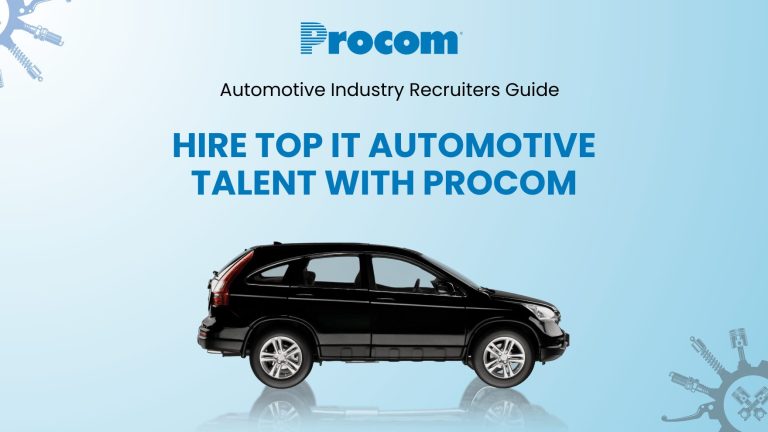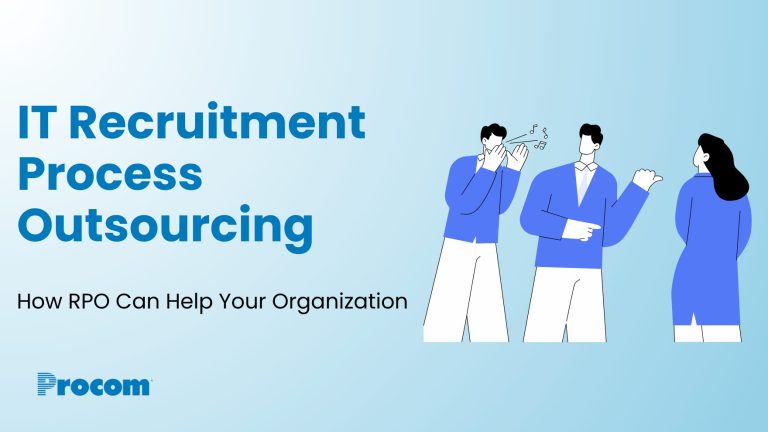Time-to-hire efficiency is essential to enlisting top job candidates and filling vital roles in today’s talent-driven labor market.
When the demand for talent exceeds the supply of qualified job seekers, every day counts in recruitment. There is no denying that the pandemic and subsequent Great Resignation left a crater in the workforce, and there are no signs that their collective impact will soon be smoothed over.
What factors are slowing down your hiring process?
The urgency of hiring time
At the height of the Great Resignation, U.S. job openings nearly doubled the number of hires—a trend that reshaped how and when organizations find talent. According to a recent McKinsey & Company report, many workers are still unwilling to return to traditional full-time, in-office roles and are becoming increasingly selective in the opportunities they pursue. As a result, outdated hiring practices and slow decision-making can seriously hinder your recruitment efforts to secure the most qualified candidates in this talent-driven market.
Following are nine factors that may be slowing your organization’s time-to-hire speed.
9 factors affecting your time to hire
1. Hiring managers aren’t invested
Many hiring managers aren’t keeping pace with the rapidly changing job market conditions. They often aren’t following skills and wage trends and continue to adhere to outdated recruitment practices for identifying, engaging and recruiting talent. In some cases, hiring managers cost their organizations by paying more for talent than current fair-market rates, impacting both recruitment costs and overall recruitment efficiency.
2. Employer brand strength
Does your organization have a powerful employee value proposition (EVP)? Does it have a compelling digital presence? Is your organization intentional and clear about its values and culture? What is your organization’s balance of positive and negative reviews from its customers and potential employees? Does your hiring team offer a convincing organizational pitch during interviews? The answers to these questions speak to the strength of your organization’s brand and whether it resonates with the candidate pool, and whether it attracts the right talent.
3. Job description depth
Effective job descriptions should be thorough and up-to-date. They should define in detail the duties and required skills and responsibilities associated with each position. As job responsibilities and skill sets evolve, their corresponding job descriptions should also be refined to attract suitable candidates and avoid unnecessary delays in hiring.
4. Job posting appeal
Job postings must do more than bullet-point a role’s related skills and responsibilities. They must offer compelling reasons why talent would want to join your organization. For example, job postings should communicate your organization’s employee value proposition (EVP) and diversity commitments.
5. Interview frequency and timing
Evaluate the number of steps in your organization’s hiring process and look for opportunities to streamline the number of interviews for each candidate, the time between interviews and the number of internal stakeholders involved in each interview. When planning interview process, give advance consideration to the schedules of those involved. Keep in mind, for instance, whether any hiring team members have pending business trips or vacations. The idea is to keep the process moving and top candidates engaged.
6. Desire to see a set number of candidates
Some organizations have an established number of candidates they want to interview for each position before making a hiring decision. This approach may net a broad talent spectrum when the number of job seekers surpasses or is closer to the job supply. Yet, in today’s talent market, interviewing too many candidates can cause organizations to lose out on top talent.
7. Technology integration
Leverage technology to accelerate hiring time. Does your hiring team use an applicant tracking system (ATS) to gather and sort resumes and maximize your hiring process efficiency? Does your organization deploy AI-based skills assessment tools to help qualify candidates? The appropriate technological tools can help identify the best candidates and optimize time to hire.
8. Lack of Direct Sourcing Program
While many organizations have internal hiring managers, they often lack a fixed approach to direct sourcing or maintaining a pool of pre-identified talent. A strategic partner like Procom can help establish a sustainable sourcing pipeline and reduce your time to fill roles—ensuring better access to high quality candidates with the specialized skills you need.
9. Competing organizations’ time-to-hire
A recent Harvard Business Review article about modern hiring processes noted that contemporary job seekers are looking for more than better pay and benefits; they also demand a swift and structured approach to interviewing and hiring.
Skilled candidates know they’re in demand, they believe their time is valuable, and they want prospective employers to act accordingly. The article pegs today’s average time to hire at 43 days but also states that most workers lose interest in a position and an organization if they haven’t heard back within two weeks of their initial interview.
In a tight job market, a fast and structured decision making process is more important than ever. Organizations that prioritize a streamlined hiring process time are the ones consistently attracting and converting top potential hires.
Partner with Procom to Accelerate Your Hiring Outcomes And Fill Critical Roles
If inefficient hiring practices are slowing you down, you don’t have to stay stuck. At Procom, we specialize in helping organizations reduce time-to-hire without compromising quality. Our transparent, ISO-certified RightFit™ recruitment process, combined with our deep talent networks and direct sourcing capabilities, means we can deliver pre-qualified candidates faster than anyone else.
Ready to speed up your hiring and secure top talent before your competitors do?





